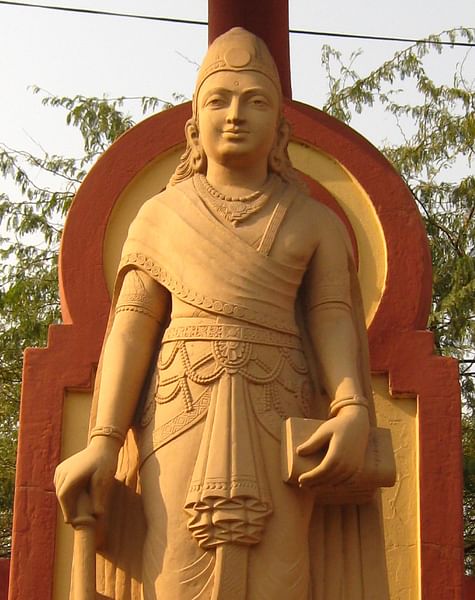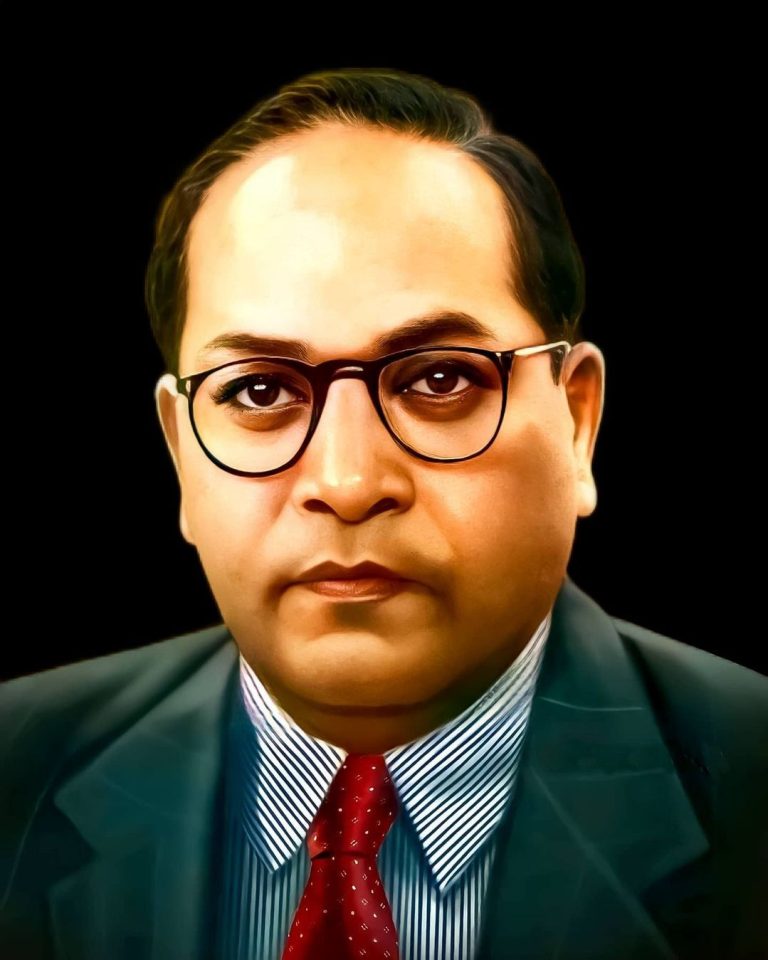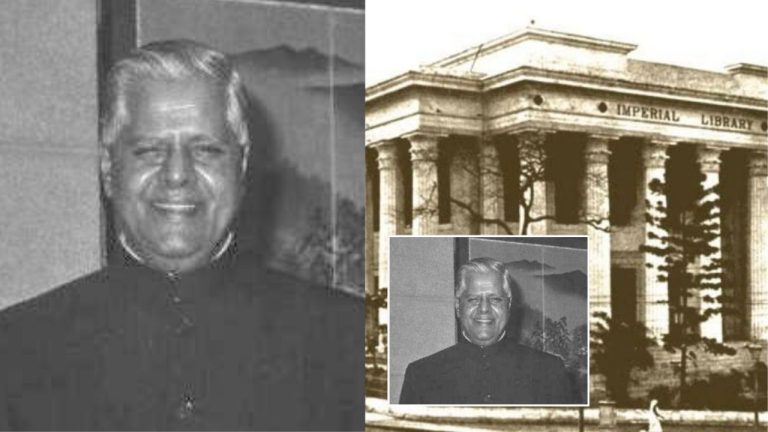Chandragupta Maurya
Chandragupta Maurya
Chandragupta Maurya was the founder of the Maurya Empire in ancient India, one of the largest and most powerful empires in the world at that time. He was born in 340 BCE and lived until 298 BCE. He was the first ruler of unified India and his reign marked a major turning point in Indian history.
Chandragupta was born in a small kingdom in northern India and rose to power through his military and political acumen. He conquered and united many of the smaller kingdoms in northern India under his rule. He then went on to conquer the Nanda Empire, which controlled much of northern and central India. This marked the beginning of the Maurya Empire, one of the largest and most powerful empires in the world at that time.
Chandragupta’s rule was characterized by his ability to centralize power and establish a strong administrative system. He divided the empire into provinces and appointed governors to rule over them. He also established a standing army and implemented a system of taxation. This helped to create a stable and prosperous empire that lasted for over 150 years.
Chandragupta was also known for his patronage of art, culture and education. He built many universities and institutions of learning, which helped to promote the spread of knowledge and learning. He also encouraged the development of art, music and literature, which helped to create a vibrant and rich cultural legacy.
One of the most notable aspects of Chandragupta’s rule was his relationship with the philosopher Chanakya, also known as Kautilya. Chanakya served as Chandragupta’s chief advisor and played a key role in his rise to power. Together, they developed a strong and centralized government that helped to establish the Maurya Empire as one of the most powerful empires of the ancient world.
Chandragupta Maurya is considered one of the most important figures in Indian history. His rule marked a significant turning point in the history of ancient India and he is credited with founding one of the largest and most powerful empires of the ancient world. He was a remarkable leader, who was able to unite many smaller kingdoms, establish a strong administrative system, and promote art, culture, and education. His legacy continues to be studied and celebrated in India, and his name is synonymous with the golden age of the Maurya Empire.

The great leader of India
Chandragupta was born into a family left destitute by the death of his father, chief of the migrant Mauryas, in a border fray. His maternal uncles left him with a cowherd who brought him up as his own son. Later he was sold to a hunter to tend cattle. Purchased by a Brahman politician, Kautilya (also called Chanakya), he was taken to Taxila (now in Pakistan), where he received an education in military tactics and the aesthetic arts. Tradition states that while he slept, following a meeting with Alexander the Great, a lion began licking his body, gently waking him and prompting in him hopes of royal dignity. Upon Kautilya’s advice, he collected mercenary soldiers, secured public support, and ended the autocracy of the Nanda dynasty in a bloody battle against forces led by their commander in chief, Bhaddasala.Britannica Quiz Emperors and Empresses from Around the (Non-Roman) World Quiz
Ascending the throne of the Magadha kingdom, in present-day Bihar state, about 325 BCE, Chandragupta destroyed the sources of Nanda power and eliminated opponents through well-planned administrative schemes that included an effective secret service. When Alexander died in 323, his last two representatives in India returned home, leaving Chandragupta to win the Punjab region about 322. The following year, as emperor of Magadha and ruler of the Punjab, he began the Mauryan dynasty. Expanding his empire to the borders of Persia, in 305 he defeated an invasion by Seleucus I Nicator, a Greek contender for control of Alexander’s Asian empire.Ranging from the Himalayas and the Kābul River valley (in present-day Afghanistan) in the north and west to the Vindhya Range in the south, Chandragupta’s Indian empire was one of history’s most extensive. Its continuation for at least two generations is attributable in part to his establishment of an excellent administration patterned on that of the Persian Achaemenid dynasty (559–330 BCE) and after Kautilya’s text on politics, Artha-shastra (“The Science of Material Gain”). Chandragupta’s son, Bindusara, continued to expand the empire to the south.
Chandragupta Maurya History- Early lifeChandragupta Maurya is thought to have been born around 340 BCE in Patna (modern-day Bihar, India). Some Texts suggest his rule that Chandragupta’s parents were both Kshatriya (warrior or prince) caste members. In contrast, others claim that his father was a monarch and his mother was a Shudra (service Sarvarthasiddhi of the Nanda Kingdom) was Chandragupta Maurya’s father. Ashoka the Great, Chandragupta’s grandson, eventually claimed a blood tie with Siddhartha Gautama, the Buddha, but the claim was never proven.Chandragupta
Maurya History- Maurya EmpireChandragupta Maurya destroyed the Nanda Dynasty, formed the Maurya Empire in 322 BCE and quickly pushed his influence westward across central and western India with the support of Chanakya. His advance took advantage of local power disturbances caused by Alexander the Great’s army retreating westward. By 316 BCE, the empire had completely overrun Northwestern India, battling and conquering Alexander’s satraps. The expedition commanded by Seleucus I, a Macedonian general in Alexander’s army, was then repelled, and Chandragupta acquired additional land west of the Indus River.The Maurya Empire was one of the world’s largest empires.He is credited with bringing together the country’s tiny, dispersed kingdoms and uniting them into a single huge empire. During his rule, the Maurya Empire spanned Bengal and Assam in the east, Afghanistan and Balochistan in the west, Kashmir and Nepal in the north, and the Deccan Plateau in the south.The Nanda Empire was brought to an end because Chandragupta Maurya and his mentor Chanakya.
Chandragupta Maurya abandoned all worldly pleasures and became a Jain monk after a prosperous reign of roughly 23 years. He allegedly committed ‘Sallekhana,’ a practice of fasting till death, and therefore willingly took his own life.Chandragupta Maurya WifeDurdhara was Chandragupta Maurya wife, according to the known Jain text. While Durdhara was depicted in popular culture as Dhana Nanda’s daughter, Durdhara was Chandragupta’s first cousin, according to Mahavamsa-tika. She was the daughter of Chandragupta’s eldest maternal uncle, who had travelled to Patliaputra with Chandragupta’s mother. Durdhara,
Chandragupta Maurya’s wife, was also the mother of his only son Bindusar, who became his heir and the Mauryan Empire’s second Samrat. Durdhara, on the other hand, didn’t live long enough to watch her kid grow up since she died before she could see him.According to tradition, Prime Minister Chanakya was worried that his adversaries might poison Chandragupta, so he began giving little quantities of poison into the emperor’s meals to build up a tolerance. When Chandragupta Maurya’s wife Durdhara was pregnant with their first kid, he was ignorant of the plot and shared part of his meal with her. Durdhara passed away, but Chanakya arrived in time to perform an emergency operation to remove the full-term baby. Bindusara survived, but a drop of his mother’s poisoned blood landed on his forehead, leaving a blue Bindu—the inspiration for his name.Chandragupta Maurya’s wife died, leaving behind a great ruler. His subsequent wives and children are hardly unknown. Bindusara, Chandragupta’s son, is likely to be remembered more for his son than for his own rule.Chandragupta Maurya SonChandragupta Maurya’s son was Bindusara. Bindusara, also known as Bindusara Maurya, was the second Mauryan emperor who seized the throne in 297 BCE. He was a Greek Amitrochates (born c. 320 BCE—died 272/3 BCE)
. According to Greek sources, he was known as Amitrochates, derived from the Sanskrit word amitraghata, which means “destroyer of opponents.” His victorious campaign in the Deccan may have inspired the name. Northern India had already been conquered by Chandragupta, Bindusara’s father and the founder of the Mauryan empire. Bindusara’s expedition ended around what is now Karnataka, most likely because the Cholas, Pandyas, and Cheras, who ruled in the far south, had strong ties with the Mauryas. Following Bindusara’s death, his sons fought a succession war, from which Ashoka emerged triumphant after several years of fighting.ConclusionChandragupta established a dynasty that ruled India and the southern portion of Central Asia until 185 BCE. In numerous aspects, Chandragupta Maurya’s wife was not mentioned in any pillar or places where he describes his family. Bindusara was the Chandragupta Maurya son, who became the second Mauryan Emperor. Undoubtedly, he was a legendary ruler of that era. Chandragupta Maurya’s history is full of brave stories and honour.



